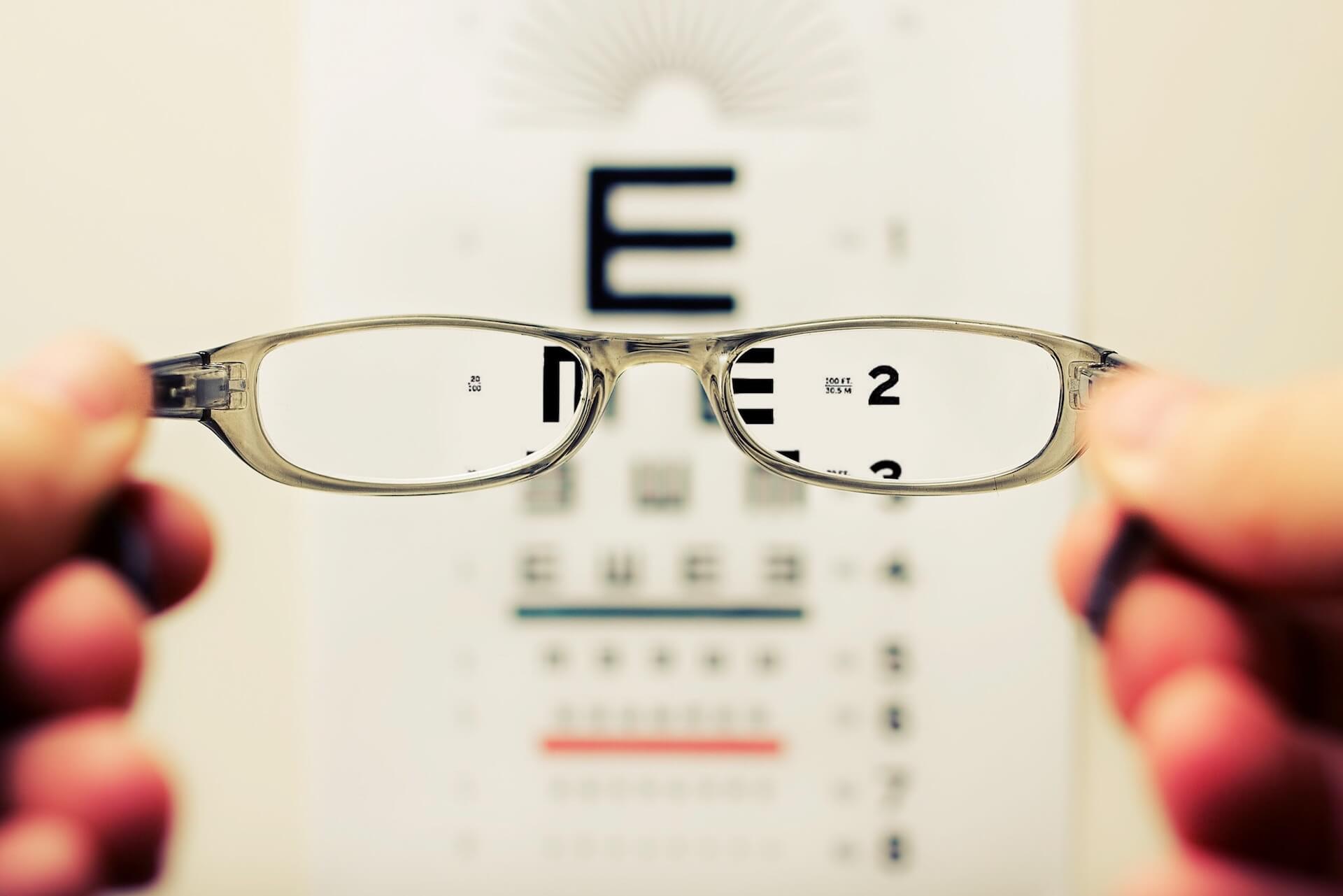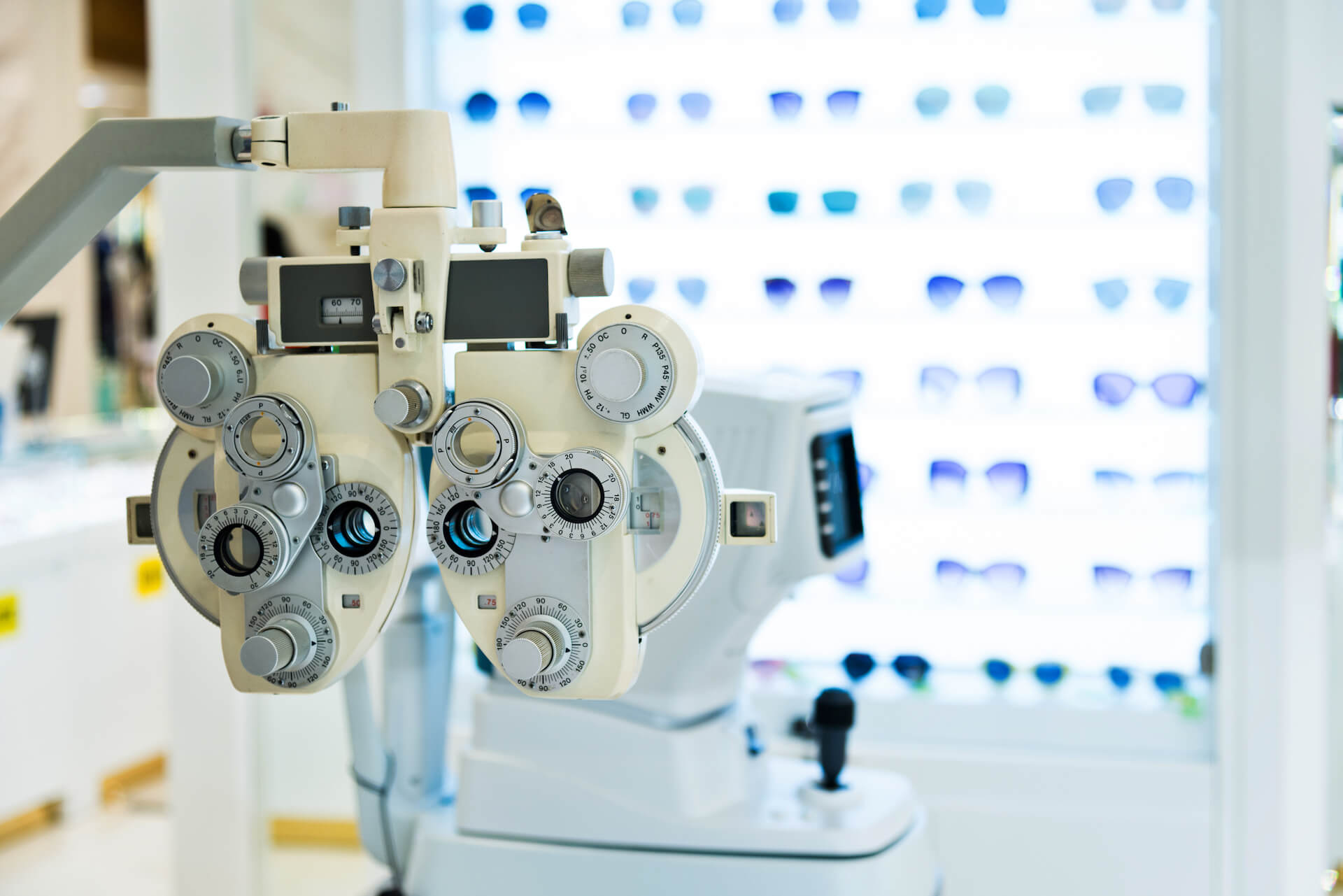Eye Exams: Why They Are Important
Regular eye exams can help to preserve, and enhance one of your most important gifts: your vision. We’d love to see you for your next eye exam.Protect and Improve Your Vision in About 30-Minutes
Protecting your sense of sight is as simple as taking one eye exam.
This painless exam gives your eye doctor a chance to assess your vision, update your prescription for glasses or contacts, and monitor any changes in your vision. Preventative care and early detection are effective measures you can take towards preserving your eyesight as you age.
The American Optometric Association recommends that you should have an eye exam either every year or every other year, depending on your current ocular health and your risk of specific problems.
As with many other medical conditions, getting a routine checkup can help prevent or detect more serious conditions. In fact, a dilated eye exam can tell us so much more about our health than just our vision, including diabetes, high blood pressure, and even stroke. Maintain your eyesight and detect more serious conditions such as cataracts or glaucoma by scheduling for a routine eye exam today.
Vision vs. Medical Eye Exams
Insurance companies treat different types of eye exams, differently.
They set specific rules for what’s covered in each type of exam.
At Pullman Family Eye Care, we perform both vision exams, and medical eye exams, depending on your needs.
Vision Exams
Vision exams are usually conducted to update your prescription and screen for eye diseases.
A vision exam would produce a diagnosis like nearsightedness, farsightedness or astigmatism. A vision exam includes a refraction, the part of the exam where your doctor updates your prescription for glasses or contacts. Your doctor may, or may not dilate your eyes during a routine vision exam.
Vision exams are typically covered under vision insurance plans, but not under standard medical insurance.
Medical Eye Exams
Medical eye exams are conducted to evaluate, diagnose, treat and manage medical eye disease.
A medical eye exam would produce a diagnosis like dry eye, conjunctivitis, cataracts or glaucoma. Your provider will nearly always dilate your eyes during a medical eye exam.
Standard medical insurance plans will typically cover medical eye exams, but will not cover a refraction performed during a medical eye exam.
What Should I Expect At An Eye Exam?
A routine eye exam is painless and takes about 30 minutes.
Our eye doctors and technicians will perform a range of examinations and tests, designed to catch any problems as early as possible, and give you the clearest vision possible.
Every eye exam is unique, and customized to your needs and vision. But, it’s likely that your eye exam will include many of the following components:
- A visual acuity test.
- A colorblindness test.
- A covered eye test, to help identify strabismus or amblyopia.
- Ocular motility testing, which test the movements of your eyes.
- Stereopsis testing, to test your depth perception.
- Retinoscopy, where the eye doctor uses a light shined in your lens to determine your approximate eyeglass perscription.
- Refraction, where you work with the eye doctor to hone-in your ideal prescription.
- Slit lamp examination, which allows the eye doctor to look in your eye and screen for eye health.
- Glaucoma, or eye-pressure testing.
- Visual field testing, which checks for blind spots.
- Dialated eye exam, which may be recommended for some, but not necessarily all eye exams.

The eye chart
“Which looks better, A or B? 1 or 2?” The famous eye chart check tests how accurately you can view objects at different distances. This is called “visual acuity testing.” Even healthy eyes can still suffer vision problems due to refractive error, or an abnormality in the shape or contour of your eye. This can affect the way your eye focuses properly.
Whether you are nearsighted, farsighted, or astigmatic, a visual acuity test can help our staff diagnose, and effectively treat your vision to give you the clearest vision possible.
Eye Exams for Children
Patients of all ages can benefit from our examinations of such basic processes as eye teaming, focusing power, eye muscle alignment and eye coordination.
Testing the health of one’s eyes is especially important for babies and children primarily because their eyes and brains are still developing their hand-to-eye coordination.
The American Association of Ophthalmology recommends a newborn eye exam, an eye exam for infants, and then regular eye exams starting at 3, and annually going forward to catch vision problems as early as possible.
Programs such InfantSEE, Children’s Health Insurance Program (CHIP), and even Medicaid can provide low cost health insurance coverage that may include eye care for children in various family income levels.
Eye Exams as we Age
Eye health evaluations are important for individuals at all stages of life, but some eye health conditions become more common as we age.
Though Medicare does not provide free eye exams or free eyeglasses, Medicare-eligible people with special eye or general health problems do qualify for eye exam coverage.
People with diabetes can get a dilated eye exam to check for diabetic eye disease, including diabetic retinopathy. Your doctor decides how often you need this exam.
Medicare-eligible people who are at high risk for glaucoma, such as individuals with diabetes or a family history of glaucoma, can have an annual eye exam to check for glaucoma and receive Medicare coverage for this exam.
Meet Your Eye Doctors

Nevada Sweeney, OD
Optometrist & Family Eye Doctor
Dr. Sweeney specializes in in comprehensive eye exams, refractions for glasses and contacts, standard and specialty contact lens fittings, and eye disease management.

Tanya Reid, OD
Optometrist & Family Eye Doctor
An optometrist and eye doctor, Dr. Reid specializes in comprehensive eye exams, refractions for glasses and contacts, standard and specialty contact lens fittings, and eye disease management.

Alyssa Hoehn, MD
Ophthalmologist & Eye Surgeon
Dr. Hoehn specializes in medical eye care, including the surgical and medical treatment of diseases like cataracts, glaucoma, diabetic retinopathy, and macular generation.
